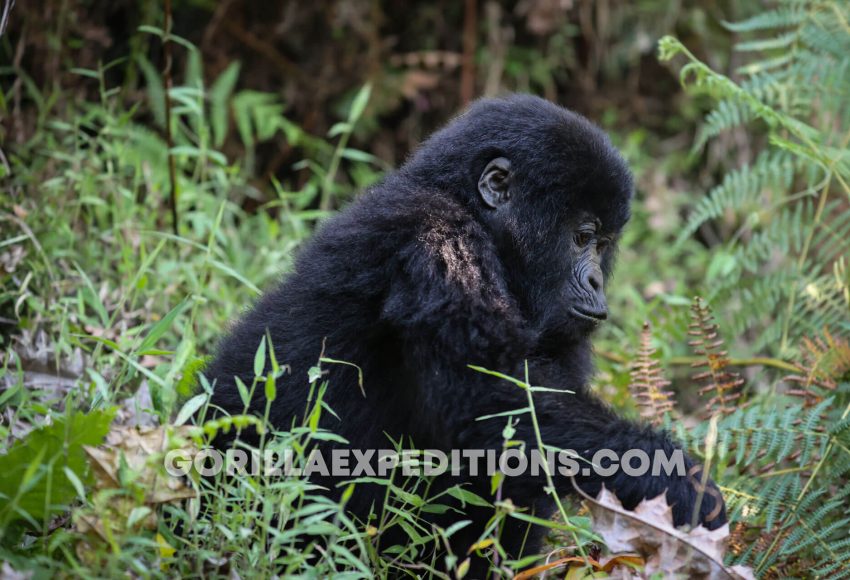
Double Gorilla Trekking: An Epic Primate Adventure in Rwanda and Uganda
Double Gorilla Trekking
For the ultimate primate enthusiast, a single gorilla trekking experience is often the trip of a lifetime. But for those seeking to deepen their connection with these majestic creatures and compare the unique offerings of East Africa’s two premier destinations, Double Gorilla Trekking in Rwanda’s Volcanoes National Park and Uganda’s Bwindi Impenetrable National Park presents an unparalleled adventure. This journey goes beyond a simple safari; it is a profound immersion into the world of the mountain gorilla, offering twice the encounters, twice the landscapes, and twice the memories. This guide delves into the heart of this extraordinary expedition.
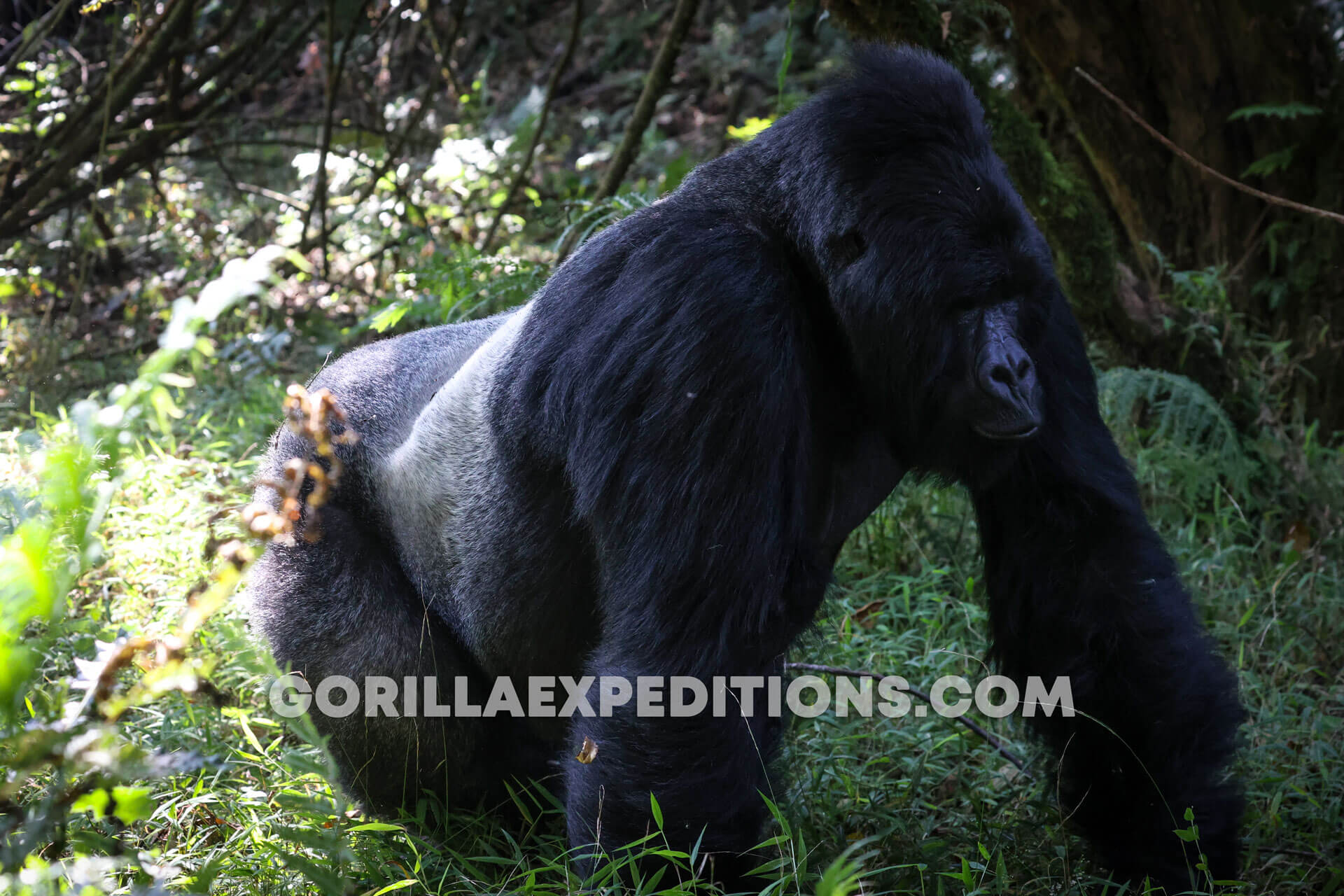
The Unforgettable Experience
Embarking on a Double Gorilla Trekking in Rwanda and Uganda is a masterclass in comparative wildlife observation. The experience begins in the dramatic landscapes of Rwanda’s Volcanoes National Park, where the mist-shrouded peaks of the Virunga Mountains provide a breathtaking backdrop. The trek here is often described as slightly less strenuous, with well-defined paths through verdant slopes, leading to a family of gorillas. The hour you spend in their presence is magical, a quiet observation of their complex social dynamics.
The adventure then continues to Uganda’s Bwindi Impenetrable National Park, a UNESCO World Heritage Site aptly named for its dense, ancient rainforest. Trekking here feels like a true expedition into a primordial world. The terrain can be more challenging, but the reward is equally immense. Encountering a different gorilla family in this distinct ecosystem allows for a richer understanding of their behavior and adaptation. Many itineraries also include the chance to trek the gorillas and golden monkeys in Rwanda, adding a delightful contrast with these agile, colorful primates. This combination of two separate gorilla excursions ensures a comprehensive and deeply moving wildlife experience.
Navigating Your Journey: Getting There
Most Uganda Rwanda gorilla trekking tours are seamlessly organized by specialist operators like Gorilla Expeditions. The typical routing involves flying into Kigali International Airport (Rwanda) and undertaking the first trek, followed by a scenic road transfer to Bwindi in Southwestern Uganda (approximately 4-6 hours), or a convenient domestic flight from Kigali to Kisoro Airstrip near Bwindi. The reverse itinerary is equally effective. This logistical flow is perfected for multi-destination gorilla safaris, ensuring travelers maximize their time with the primates while comfortably transitioning between countries. Whether you opt for a compact gorilla trek for 2 days in Rwanda paired with a Uganda gorilla trek for 3 days, or a more extended 4 days gorilla trek in Uganda combined with Rwandan exploration, the travel between these two hubs is well-established.
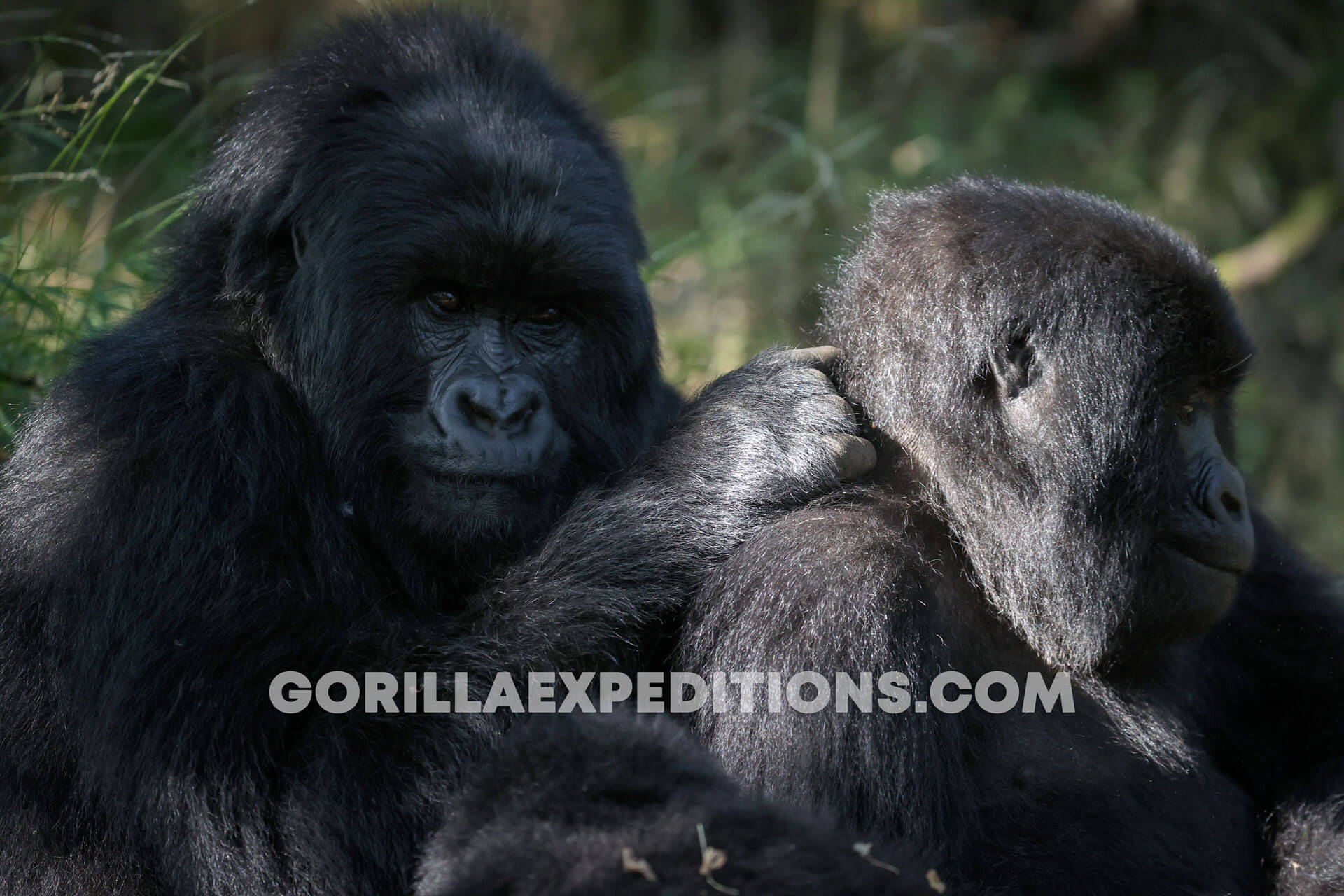
A Realm of Rich Biodiversity
While the mountain gorilla is the undisputed star, both parks are sanctuaries of immense ecological importance. Volcanoes National Park is part of a larger volcanic region that supports not only gorillas but also endangered golden monkeys, spotted hyenas, buffaloes, and over 200 bird species. The alpine vegetation, including giant lobelias and hagenias, creates a unique and ethereal environment.
Conversely, Bwindi Impenetrable National Park is a biodiversity hotspot of global significance. As one of the few vast ancient forests in Africa to have flourished throughout the last Ice Age, its ecological richness is staggering. It is home to nearly 400 plant species, 350 bird species, and 200 butterfly types, alongside other mammals like forest elephants and chimpanzees. This rich tapestry of life makes every moment in the forest, even beyond the gorillas in Uganda, a fascinating discovery.
The Difference: Pros and Cons of Each Destination
Understanding the nuances between the two locations is key to planning your Double Gorilla Trekking adventure.
Rwanda’s Volcanoes National Park:
-
Pros: Known for its easier accessibility and generally shorter, less arduous treks. The proximity of the park from Kigali makes it ideal for travelers with limited time, perfect for a gorilla trek for 1 day as an add-on. The overall infrastructure and luxury lodge offerings are exceptionally well-developed.
-
Cons: The gorilla permit cost is significantly higher than in Uganda. The landscape, while beautiful, is less of a dense rainforest and more of a montane ecosystem.
Uganda’s Bwindi Impenetrable National Park:
-
Pros: The gorilla permit is more affordable, allowing for a longer safari or additional activities. The trekking experience is often considered more adventurous and challenging due to the dense “impenetrable” forest. It offers a higher number of habituated gorilla families, providing greater variety.
-
Cons: The treks can be physically demanding with steep, muddy trails. Road transfers from Entebbe/Kampala are long, though internal flights are improving access.
Ultimately, the best choice isn’t one over the other, but the combination of both. This dual experience provides a holistic view of mountain gorilla conservation and the varied landscapes they call home.
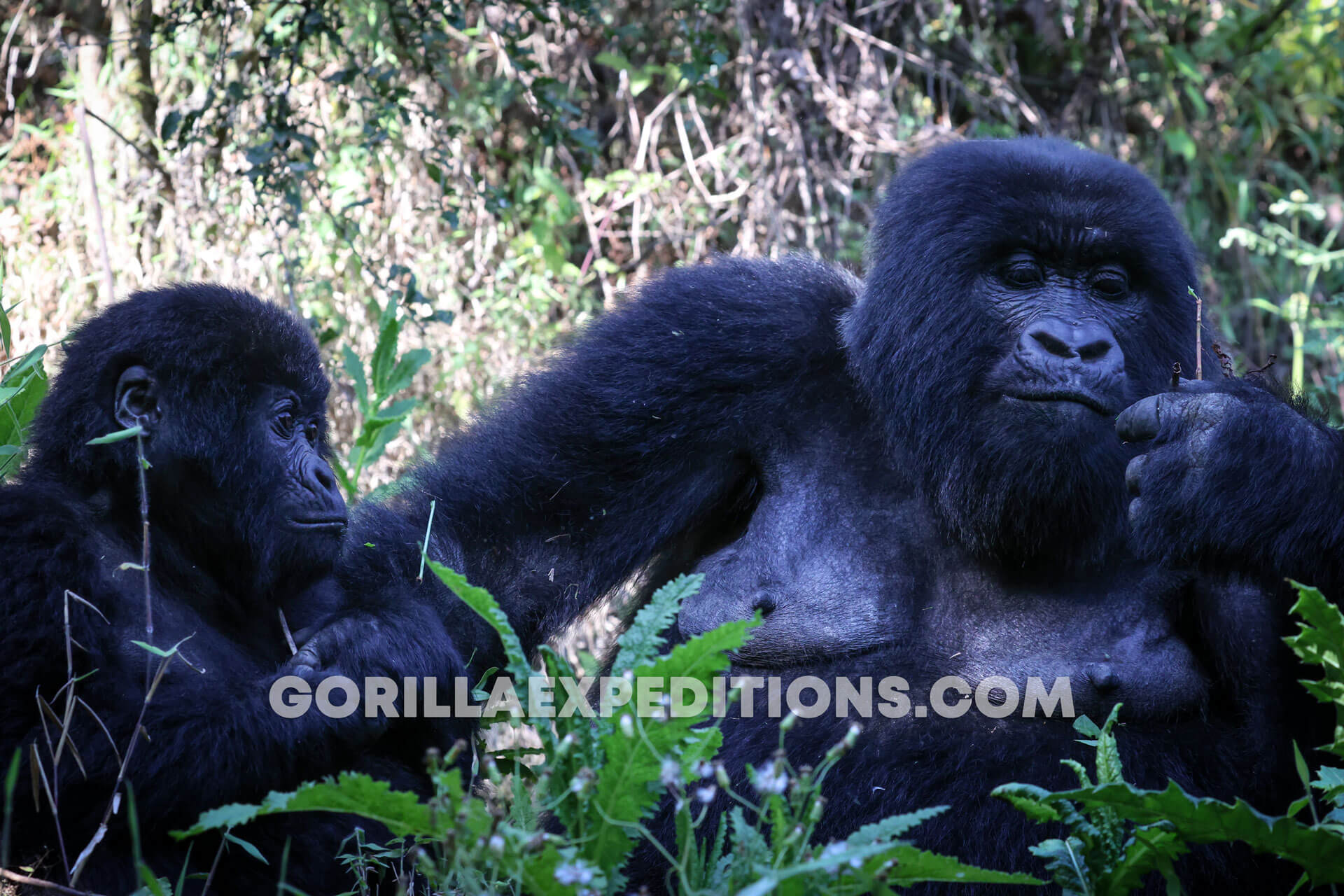
Frequently Asked Questions (FAQs)
1. Do I need two separate visas for Double Gorilla Trekking?
Yes, you will need visas for both Rwanda and Uganda. However, many nationalities can easily obtain an e-visa for each country online in advance. Check the latest requirements before travel.
2. How physically fit do I need to be for this double trek?
A good level of fitness is required. Treks can last from 1 to 8 hours over uneven, sometimes steep terrain at high altitude. Training with hikes before your trip is highly recommended.
3. What is the best time of year for this adventure?
The dry seasons (June to September and December to February) are ideal, as trails are less muddy and slippery. However, gorilla trekking in Africa is a year-round activity.
4. How far in advance should I book?
Gorilla permits are limited and sell out months in advance. For a Double Gorilla Trekking in Rwanda’s Volcanoes National Park and Uganda’s Bwindi Impenetrable National Park, you should book at least 6-9 months ahead, especially for peak season.
5. Are there age restrictions for gorilla trekking?
Yes, participants must be 15 years of age or older. This rule is strictly enforced in both countries to protect the gorillas and ensure the safety of visitors.
6. What should I pack for the trek?
Essential items include sturdy hiking boots, waterproof clothing, gardening gloves, a daypack, water, snacks, and a camera without a flash.
7. Is it safe to be so close to wild gorillas?
Yes, when following the strict guidelines provided by your guide. The gorillas are habituated to human presence, but you must maintain a 7-meter distance, avoid direct eye contact, and follow all instructions to ensure a safe and respectful encounter for all.
8. Can I combine this with other safari activities?
Absolutely! Many Uganda gorilla safari and Rwanda gorilla trekking tours can be extended to include classic savanna game drives in Queen Elizabeth NP (Uganda) or Akagera NP (Rwanda), or cultural experiences like visiting local communities.
9. What is the difference between the gorilla families in each park?
Both parks are home to the same species: the Mountain Gorilla. The differences lie in the group dynamics of each specific family (size, number of silverbacks, presence of infants) and the terrain they inhabit, not the species itself.
10. Why should I choose a tour operator for this trip?
Specialist operators like Gorilla Expeditions handle the complex logistics of permits, cross-border transfers, accommodation, and guides. This ensures a smooth, stress-free, and legally compliant experience, allowing you to fully immerse yourself in the adventure of trekking the gorillas in Uganda and Rwanda.

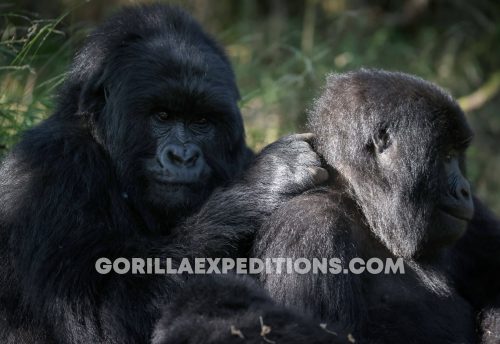
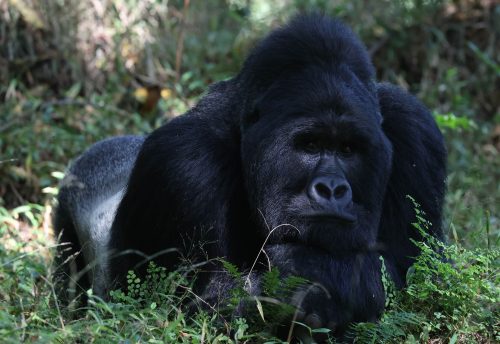
Leave a Comment